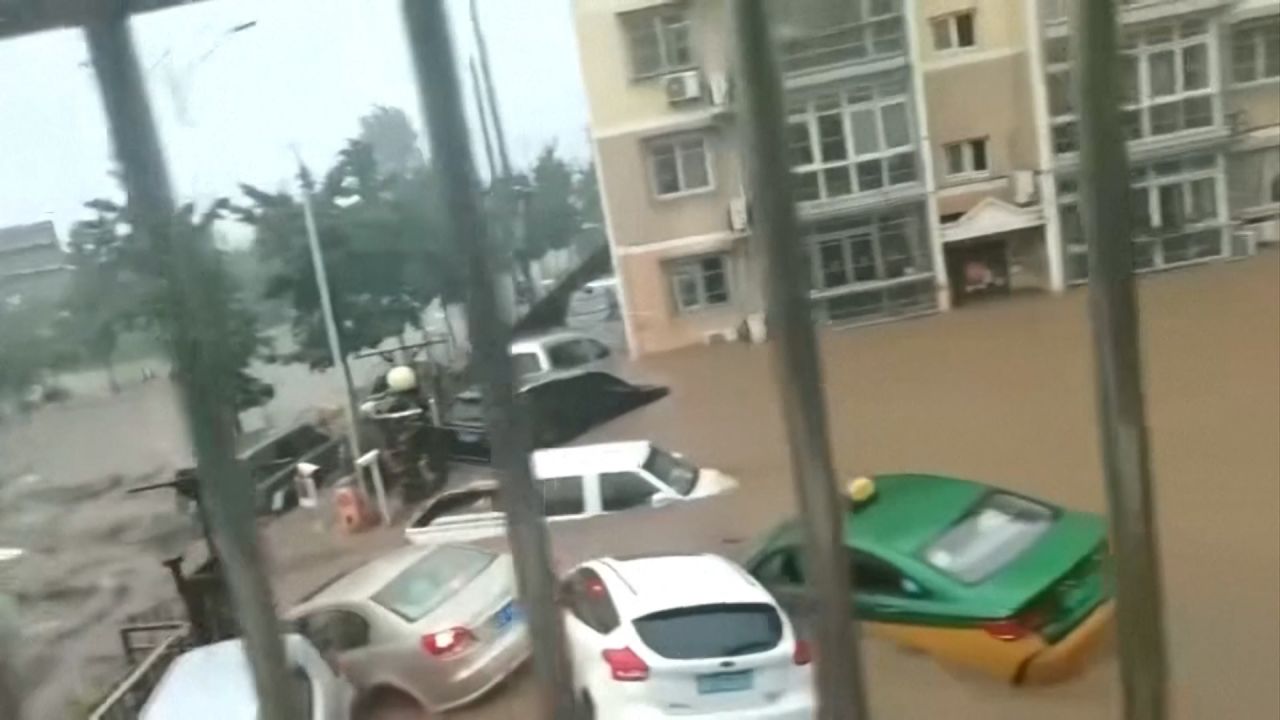Heavy rain in northern China has resulted in the deaths of at least 30 people, particularly affecting the mountainous regions on the outskirts of Beijing. According to state media reports on October 3, 2023, the intense rainstorms have caused widespread flooding and landslides, leading to significant disruptions in the affected areas.
The downpours began several days ago, overwhelming local infrastructure and prompting emergency responses. Rescue teams have been deployed to assist those affected by the severe weather, with many residents being evacuated from their homes. The situation remains critical as authorities assess the damage and work to restore safety.
Impact of the Flooding and Landslides
The intense rainfall has not only claimed lives but has also damaged property and disrupted transportation networks in northern China. Roads have been washed out, and public transport services have faced significant delays. Reports indicate that several villages have been isolated due to blocked access routes.
In addition to the immediate dangers posed by flooding and landslides, the heavy rains have raised concerns about potential long-term consequences. Agricultural activities in the region are at risk, which could impact food supply chains. Local farmers are facing challenges related to crop damage and soil erosion.
Government Response and Future Outlook
The government has activated emergency response protocols to address the crisis. Relief efforts are underway, with local authorities coordinating support for the displaced populations. According to state sources, temporary shelters are being established to accommodate those evacuated from their homes.
Looking ahead, meteorological experts warn that the region could experience further rainfall, complicating recovery efforts. The prolonged weather patterns reflect broader climatic changes affecting the area, raising concerns about future preparedness and resilience against natural disasters.
As recovery efforts continue, the focus remains on ensuring the safety of affected communities. The situation highlights the urgent need for improved infrastructure and disaster preparedness in light of increasing climate-related challenges.






































































